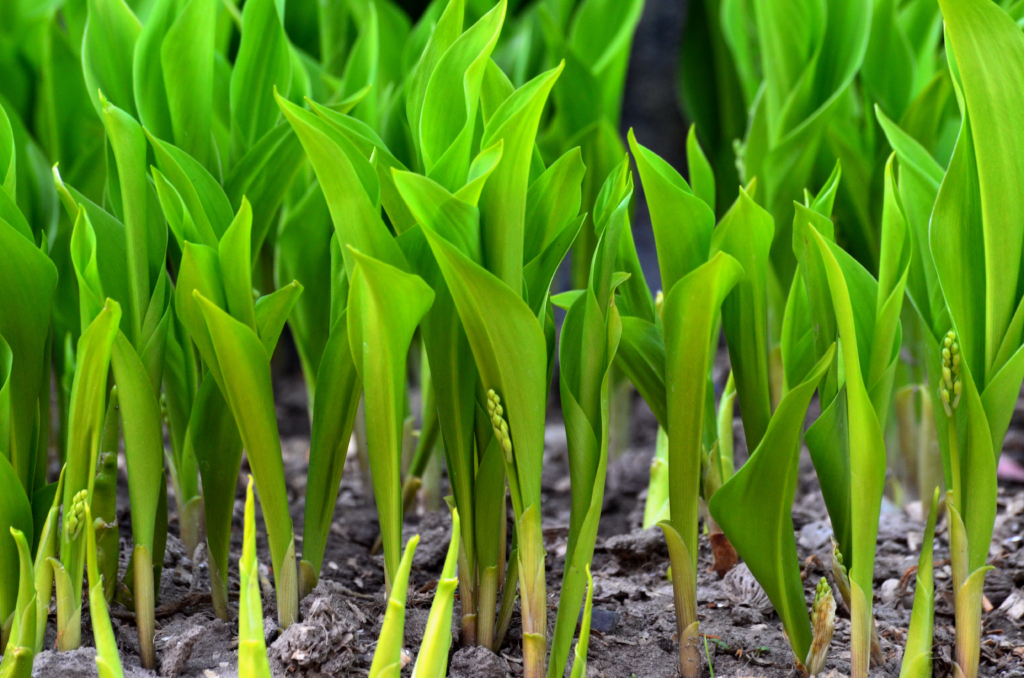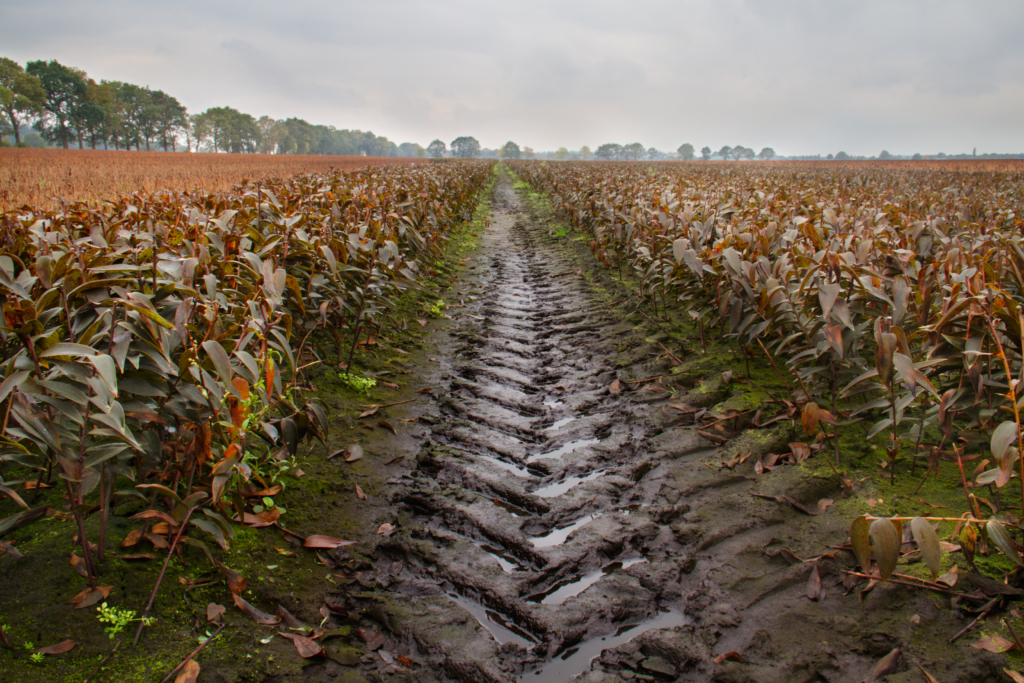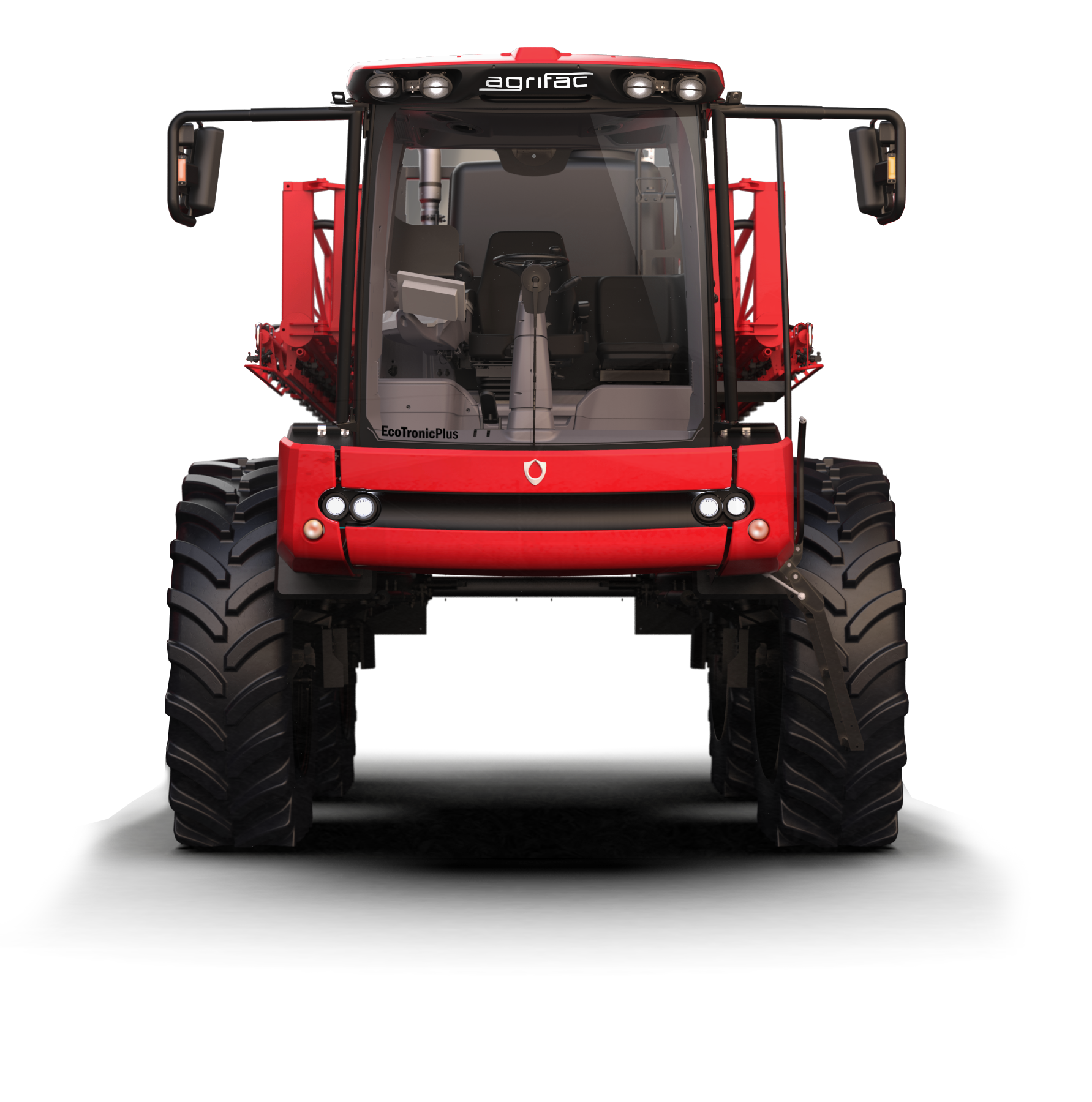Lilies are one of the most vulnerable crops to grow. Lily bulbs are planted in the spring, around the end of March and the end of May. In the growth phase of the bulbs, the lilies need little fertilization. As with other bulbous plants that are grown around the bulb, the lily flowers are topped before flowering.
The bulbs are mostly harvested around half of October and early December. This is a scary time for growers because there is a high chance of extremely wet weather or the chance of frost.
Different Lily varieties
Lily Longiflorum
- Japanese lily
- Flower spike usually two to three calyxes
- Usually a white flower
- Strong, sweet scent
The Asian Hydbriden
- Usually five calyxes
- The flowers have dark spots
- The flower is often yellow or orange
- Almost no scent
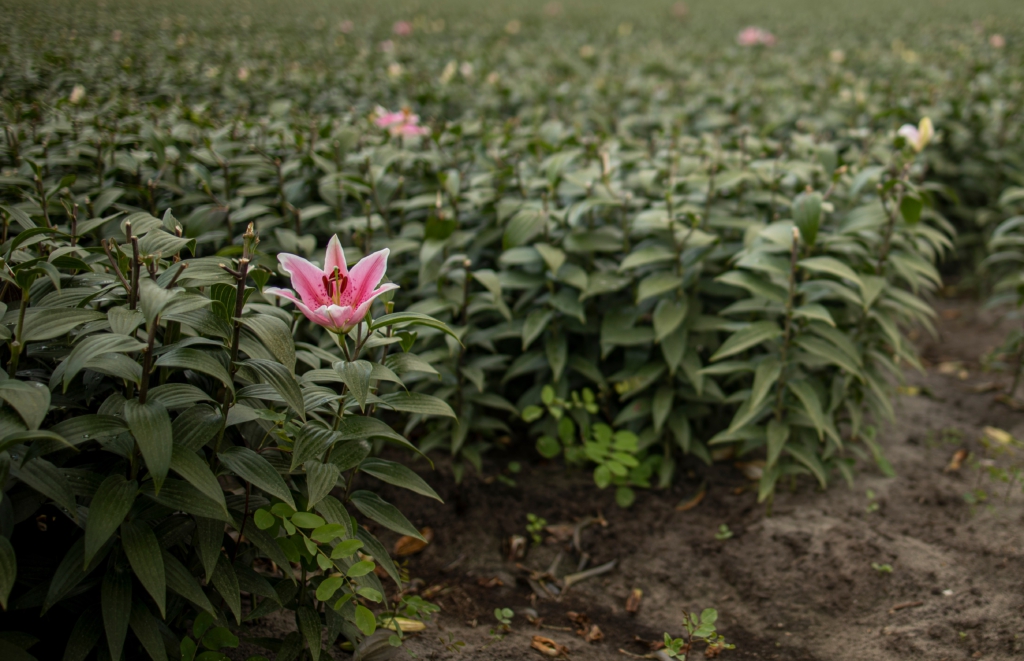
Sustainability
About 30 years ago, the sector used even heavier products as a crop protection agent. A number of spraying was then sufficient. In recent years there has been an enormous development and increase in the use of sustainable resources that work very specifically and break down quickly. Better for the crops, the soil and the environment.
The use of biological crop protection products has also come to play a much greater role in sustainable crop management. Currently, the majority of lily cultivation uses biological agents. The environmental impact has therefore decreased enormously in the sector over the past thirty years, not only through the use of sustainable crop protection products, but also that they are applied at a much lower dosage.
Agrifac Condor
The lilies can be well looked after by means of the Agrifac self-propelled Condor sprayer. Thanks to the technology options located on the sprayer, the operator has to concentrate on caring for the crop from start to finish.
Condor szántóföldi permetező
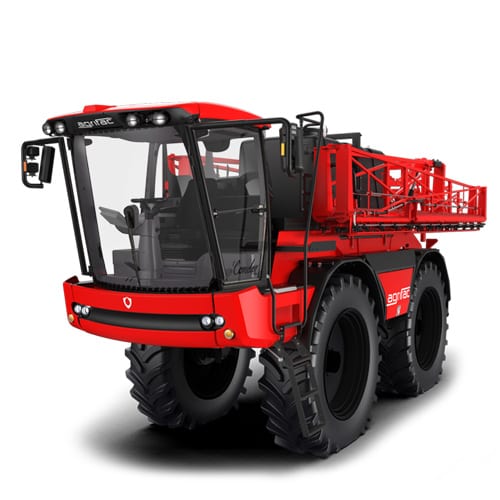
- Minden csepp a megfelelő helyen
- A permetlé 99,99%-os felhasználása
- Kevesebb vízfelhasználás
- A Condor minden előnyével








